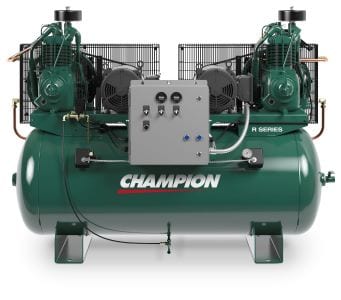
In this study, the 9-item Korean version of the ODI, which excludes the item on sex life, was used in consideration of patients who did not have a spouse and Korea’s cultural characteristics. The score for each item was summed, and the sum was divided by the total score (i.e., 45) and presented as a percentage (%). Each question was scored using a 0 to 5-point scale according to functional performance ability, with a higher score indicating a higher degree of disability. The ODI, which comprised 10 questions, was used to evaluate the degree of disability. The picture of spinal decompression therapy The duration of the traction therapy was 20 min-minute, and the ratio of hold time to rest time was 2:1. The traction power was initially at strength levels four to five, and the level was then increased at a specific rate. In addition, a sacrum extension device was applied to maintain lumbar lordosis. A head strap was used to fix the patient’s head to prevent the air belts from slipping in the attached regions. Air belts were then fastened in the pelvic and thoracic regions using an air-grip extension. In the EG, each patient was placed in a supine position on the treatment device. In the EG, spinal decompression therapy was applied for 20 minute each time using a spinal decompression therapy device (MID 4M Series, WIZ Medical, Korea) in addition to the same treatment applied in the CG ( Figure 1). In the CG, conservative physical therapy was applied as follows: hot packs (20 minute), interferential current therapy (100 bps, 15 minute), and ultrasound (1 MHz, 5 minute). Experimental methodsĪll the patients were treated three times a week over a four-week period. All the patients read and signed consent forms in accordance with the ethical standards of the Declaration of Helsinki. Ethical approval for the study was granted by the institutional review board of U1 University. Patients with neurological diseases, heart diseases or cardiovascular structural abnormalities, in addition to those who had experienced fractures or undergone surgery, were excluded from the study. The patients were divided into an experimental group (EG, n=10) who were treated with spinal decompression therapy and a control group (CG, n=10) who were treated with conservative physical therapy. All the patients with chronic low back pain had been diagnosed by their physicians based on clinical findings of orthopedic surgeons and results of medical imaging (X-rays). The study group consisted of 20 inpatients and outpatients (males, n= 8, females, n=12) at S Orthopedic Hospital with low back pain that had lasted at least three months. Therefore, this study aimed to determine the therapeutic effects of spinal decompression therapy on pain and disability in patients with chronic low back pain. 5 reported that the application of spinal decompression therapy in patients with lumbar disk herniation was effective in reducing herniated disks and regenerating disks, and had statistically significant effects on pain reduction and increases in flexibility and muscle activity. 3 In addition, spinal decompression therapy has advantages such as three-dimensional traction in the body regions where general traction is not applicable, psychological stability, and the generation of effects within the range that does not put stress on the ligament and muscle. 3 It is to reduce pressure within the disk by creating zero-gravity or negative-pressure conditions inside the disk while gradually stretching specific parts of the disk by reducing pressure in the region affected by the low back pain. Spinal decompression therapy is used for radiating pain associated with chronic low back pain. 2Īmong various nonsurgical treatment methods for low back pain, spinal decompression therapy has recently attracted much attention. 2 If these treatments prove to be ineffective or the low back pain worsens, surgery may be performed.
HORIZONTAL BACK DECOMPRESSOR MANUAL
1 Patients with low back pain are generally managed conservatively with various treatments, such as drug therapy, traction therapy, electrotherapy, and manual therapy. 1 According to the literature, chronic low back pain occurs in over 50% of the population.

Chronic low back pain refers to low back pain on a daily basis for at least 12 weeks. The automation of a range of tasks as a result of advances in technology and industry has increased the incidence of various musculoskeletal diseases, including chronic low back pain, by reducing levels of physical activities.


 0 kommentar(er)
0 kommentar(er)
